-
Tree Rootstock Sizes Guide: how big will my garden tree get?
 Lee Burkhill: Award Winning Designer & BBC 1's Garden Rescue Presenters Official Blog
Lee Burkhill: Award Winning Designer & BBC 1's Garden Rescue Presenters Official Blog

When it comes to selecting trees for your garden or landscape, one crucial factor to consider is the rootstock size. The rootstock serves as the base or foundation onto which the desired tree variety, known as the scion, is grafted. Fruit trees and some ornamental trees are grafted to control their growth making them suitable for urban gardens. Understanding tree rootstock sizes can help you predict the tree's growth, health, and overall success in your garden.
In this blog, we'll explore the different rootstock sizes and their implications to help you make an informed decision when choosing trees for your outdoor space. Making sure you pick the right-sized tree for your garden.
Rootstocks are the root systems of trees, typically derived from seeds or cuttings of established root systems. They form the lower portion of a grafted tree and play a vital role in determining the tree's size, vigour, and resistance to various environmental conditions and pests.
Rootstocks more commonly dictate how big a tree will be and how fast a tree will grow.
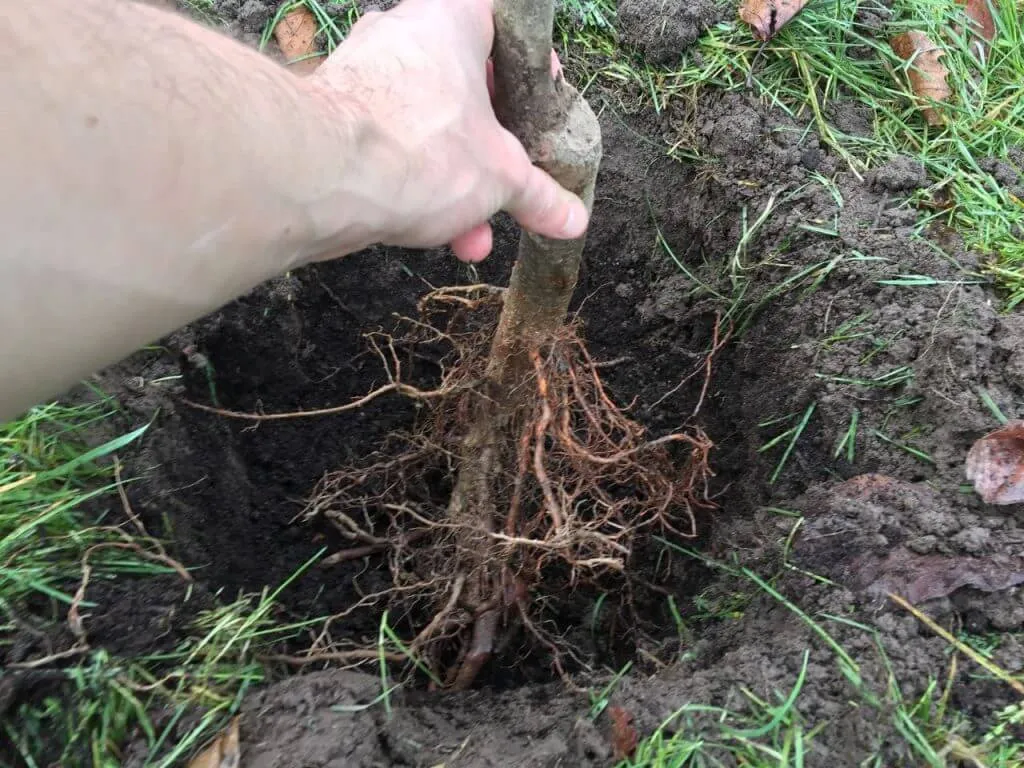
When it comes to choosing a tree it's important to pick the right rootstock for your garden's size or preference for your tree. Pick a standard rootstock for larger spaces and a semi-dwarf or dwarf rootstock for much smaller gardens. The rootstock remember, controls the ultimate height, spread and speed of tree growth. They are usually used on fruit trees which are grafted so the examples below relate to apple/Malus trees.
Trees grafted onto standard rootstocks generally result in full-sized trees. They are ideal for large gardens, orchards, and open spaces where there's plenty of room for the tree to grow to its full potential. Standard rootstocks provide excellent anchorage and support for the scion, making them suitable for trees in windy areas.
Standard rootstock sizes are MM111 and M25 for larger trees.
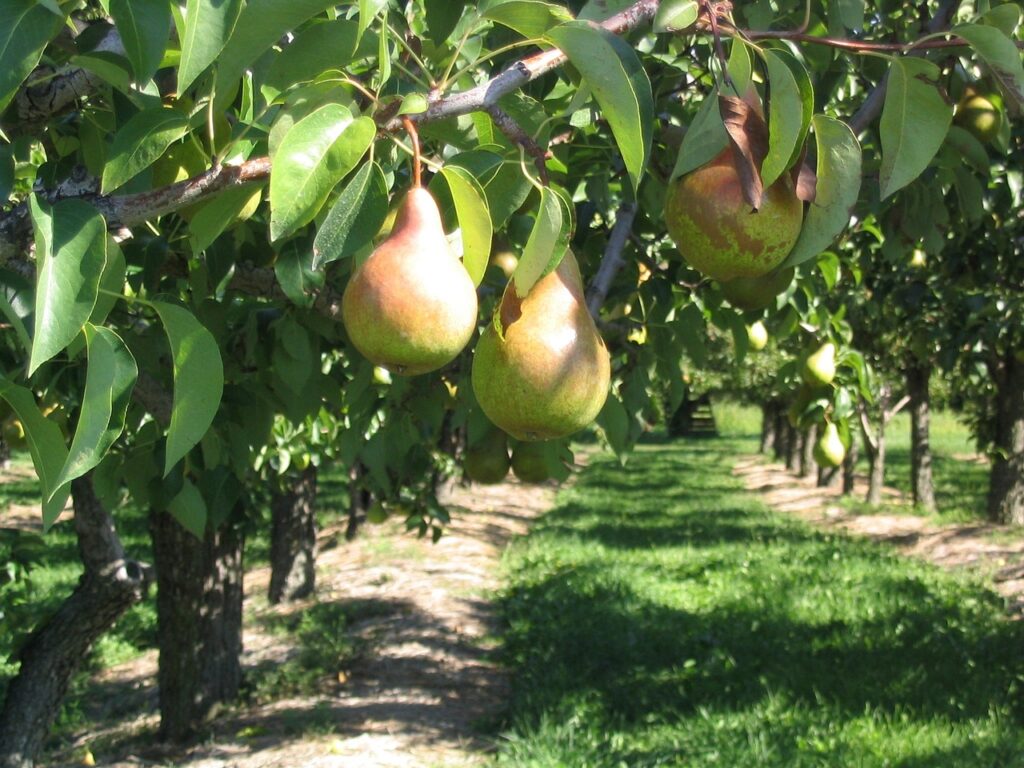
Trees grafted onto semi-dwarf rootstocks are smaller in size compared to standard trees but still larger than dwarf trees. These rootstocks are well-suited for medium-sized gardens and landscapes where space is somewhat limited. Semi-dwarf rootstocks offer a balance between a significant yield of fruit or flowers and easier maintenance.
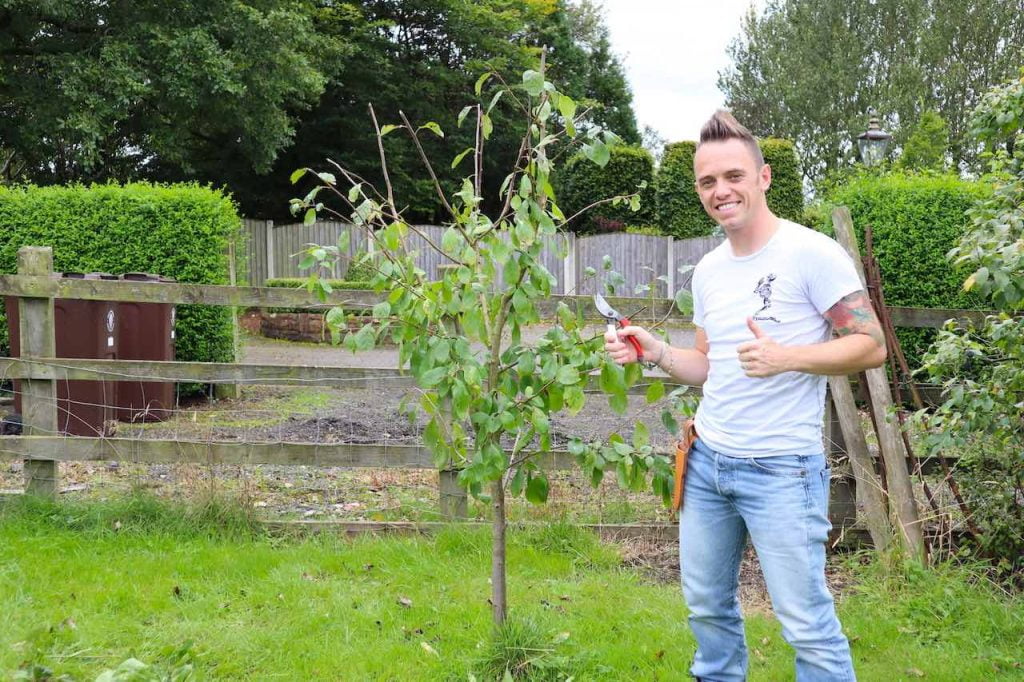
Did you know that you can take my course and learn how to become a Garden Ninja yourself? Click here for details
Trees grafted onto dwarf rootstocks remain compact and significantly smaller than standard trees. These rootstocks are perfect for small gardens, urban landscapes, and containers. Dwarf trees are easier to manage, harvest, and require less space, making them an excellent choice for city dwellers or those with limited outdoor areas. These trees are suitable for balcony gardens and small urban spaces but please make sure that in containers they are watered frequently and fed twice a year.
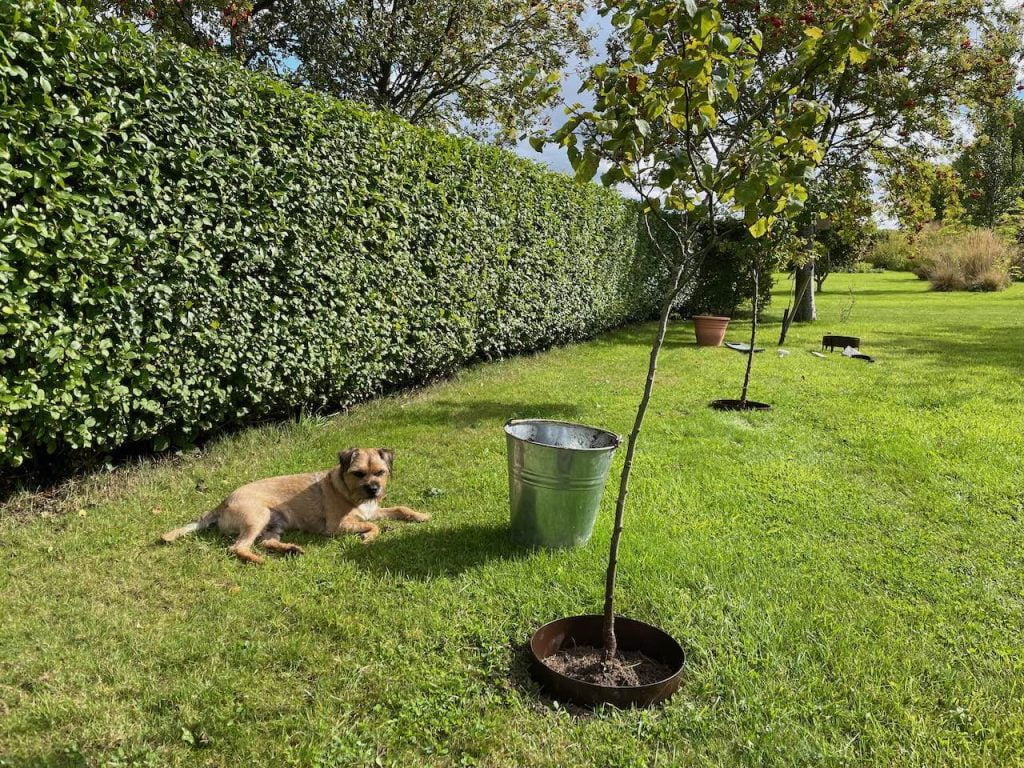
The amount of available space in your garden is a primary consideration when choosing the rootstock size. A standard tree may overwhelm a small garden, while a dwarf tree might not make a significant impact on a large landscape. Proportion and scale are two garden design tricks you need to pay attention to. Finding the perfect-sized tree that's neither too dominating nor too lost in your garden!
Different rootstock sizes offer varying degrees of tolerance to soil conditions and climate. Consider the soil type and climate in your region to select a rootstock that is well-adapted to those conditions. It's worthwhile understanding your soil type before choosing any fruit tree to choose which fruit tree will be best suited.
The rootstock size can influence the tree's yield. Standard rootstocks generally produce the most abundant harvest, while dwarf rootstocks offer more manageable quantities. Consider your needs and preferences when it comes to fruit, flowers, or other tree products. Do you have the time to harvest the fruit and either preserve it, make cider or cook with it?
Larger trees may require more maintenance, such as pruning and harvesting. Smaller rootstocks, on the other hand, can be easier to manage and require less effort to maintain. Pruning with all fruit trees is vital to ensure a large healthy yield of fruit and tree hygiene. Watch my guides below on how to prune fruit trees easily.
To further confuse new gardeners there are a number of terms for the maturity of the tree you are buying. When looking at cataloguers or online you may see the following terms which all relate to the age and type of tree. A whip for example or maiden whip (a one-year-old tree) means the tree is very young or 2 years at most. You may be looking for a semi-mature tree to bring instant impact. Though mature trees are more expensive to buy and labour-intensive to establish with drip irrigation and low loaders to lift them into place.
These are very young trees with thin trunks and are typically unbranched or have only a few side branches. The term whip is helpful as these single-stem lightweight trees will whip about in the wind if not lightly staked. See the 5 whips below and their rootstocks.
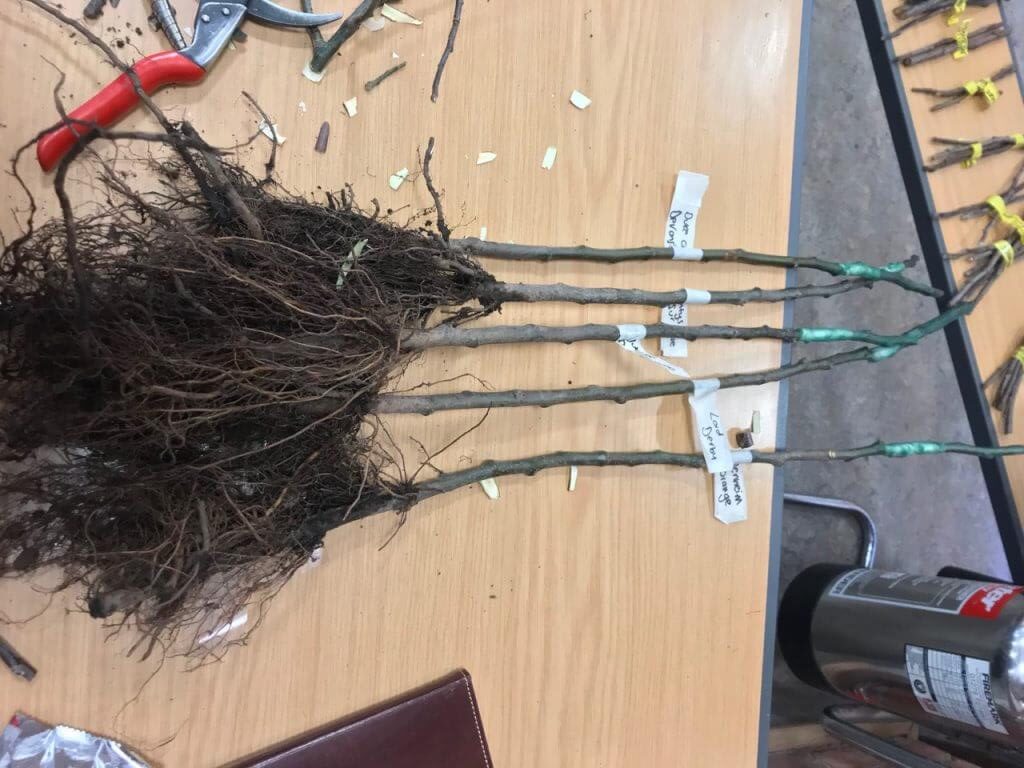
These trees have a single straight trunk and are more mature than whips. Standards are usually available in various girth sizes, offering a range of options for different budgets and planting spaces. These are your typical tree shape. One main trunk and then a canopy on top.
These trees have thicker trunks and more substantial branching structures. They are often chosen for instant impact and are suitable for larger landscaping projects. These come in pot sizes from 50lt to 120lt and then rootballed.
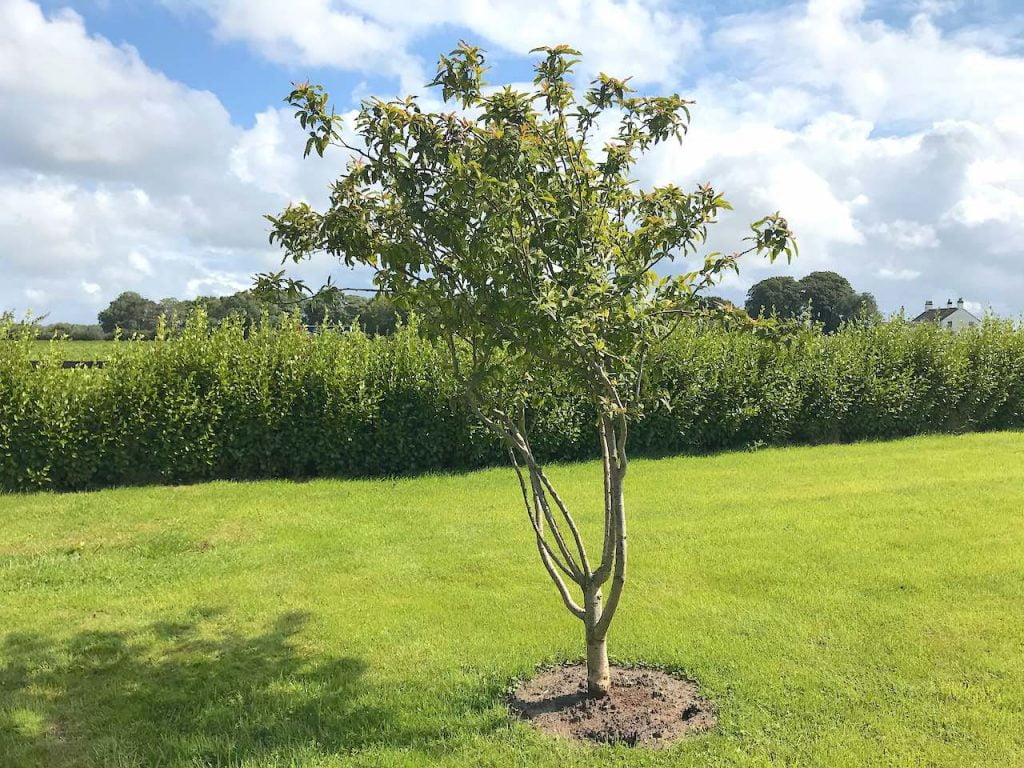
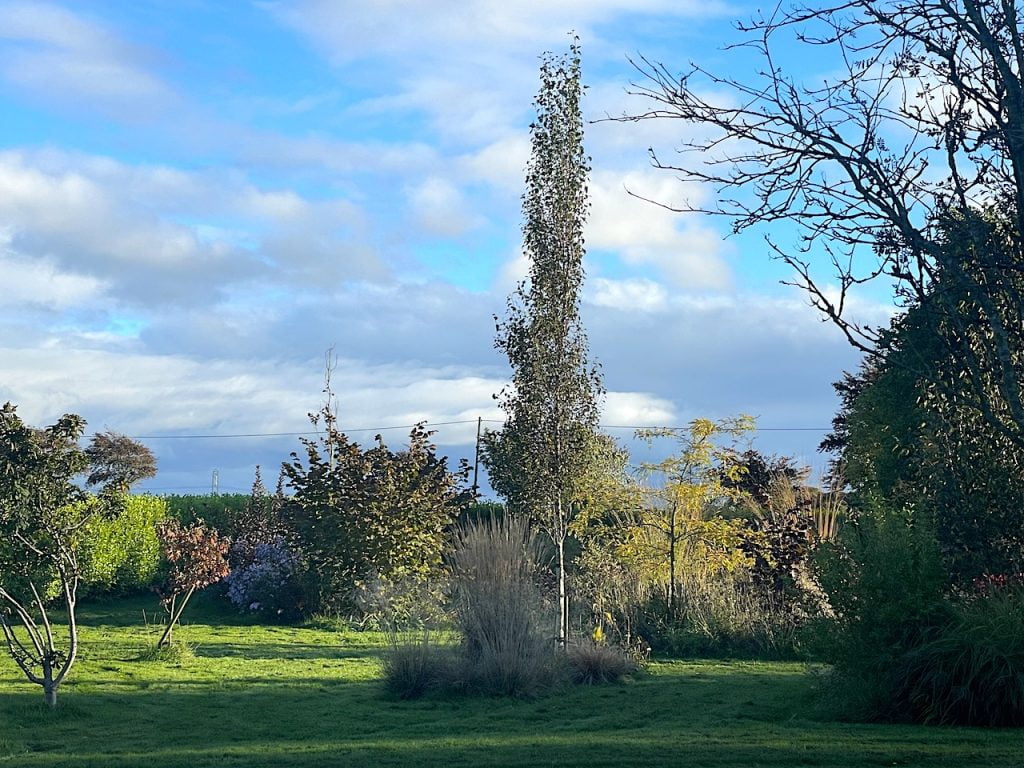
These are large, well-established trees with thick trunks and extensive branching. Specimen trees are ideal for creating an immediate focal point in a garden or landscape.
When it comes to buying bare root or containerised trees horticulture uses the girth of the tree as an indicator of the height of the tree when you buy it. To the uninitiated, it can be really confusing. Looking at a list of 6-8cm girth trees vs 14-16cm. What does that even mean? Well, it relates to the height of the tree and the thickness of the trunk.
The price increases the bigger the girth as it's a more established tree.
Below is a handy guide to work out the size of the tree and tree type when you order them.
| Tree type | Tree girth (cm) | Tree height (cm) |
|---|---|---|
| Light Standard (LS) | 6-8cm girth | 200-250cm |
| Standard (S) | 8-10cm girth | 250-300cm |
| Select Standard (SS) | 10-12cm girth | 300-350cm |
| Heavy Standard (HS) | 12-14cm girth | 300-350cm |
| Extra Heavy Standard (EHS) | 14-16cm girth | 350-400cm |
| Advanced Heavy Standard (AHS) | 16-18cm girth | 400-450cm |
| Semi-mature | 18-20cm girth | 450-500cm |
| Semi-mature | 20-25cm girth | 450-550cm |
| Semi-mature | 25-30cm girth | 500-600cm |
The best time to plant a tree can vary depending on the type of tree, the local climate, and the region you live in. However, as a general rule of thumb, the optimal time to plant a tree is during the dormant season or in early spring and fall. If you need to know how to plant a tree this guide will take you through it step by step!
Let's break it down:
For most deciduous trees (trees that lose their leaves in the winter), the dormant season is the ideal time for planting. This period typically occurs in late autumn after the leaves have dropped or in early spring before new growth begins.
Planting during the dormant season allows the tree to focus its energy on establishing its root system without the demands of producing leaves or flowers. It's the most cost-effective and easiest way to plant trees whether containerised or bare root trees.
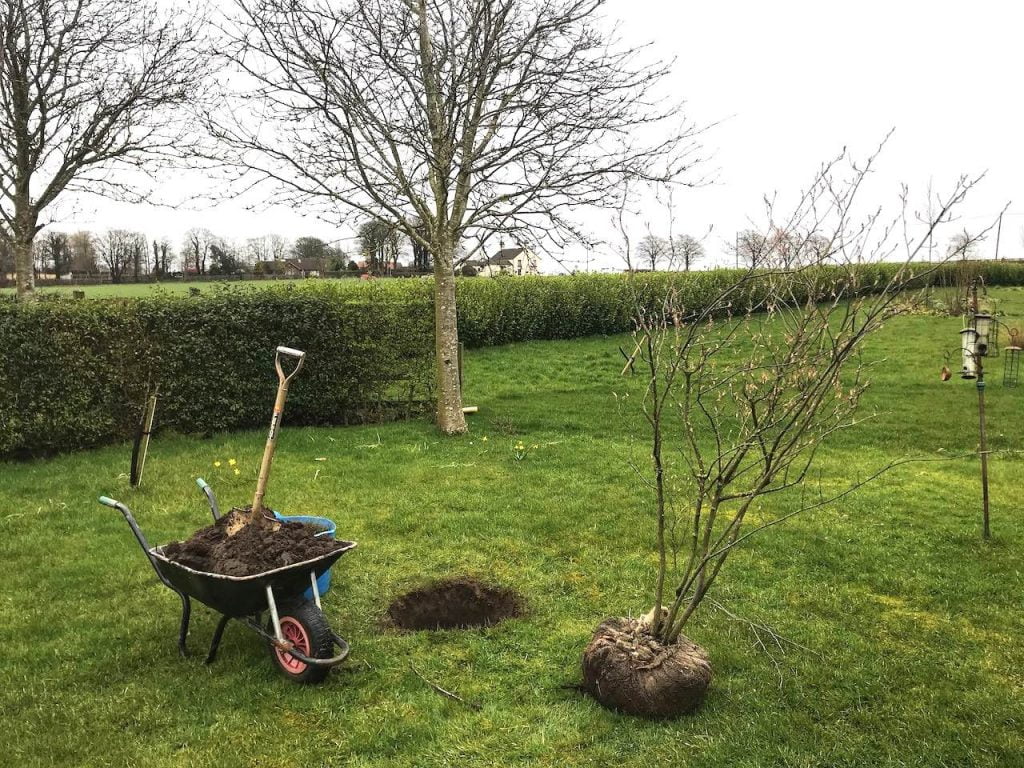
In regions with cold winters, planting trees in early spring after the last frost is a common practice.
Planting in early spring provides the tree with ample time to develop a strong root system before the summer heat arrives. This is especially true for fast-growing varieties of tree.
Autumn or fall is also an excellent time to plant trees, particularly in areas with mild climates or regions with hot summers.
Planting in the Autumn allows the tree to take advantage of the cooler temperatures and often higher rainfall, which helps with root establishment.
Evergreen trees, which retain their leaves throughout the year, can be planted successfully during the growing season. However, planting them during the cooler months still allows them to establish roots before the summer heat.
Trees planted in containers (root balled and burlapped or in pots) have more flexibility in planting times as long as they are adequately watered and cared for during the warmer months.
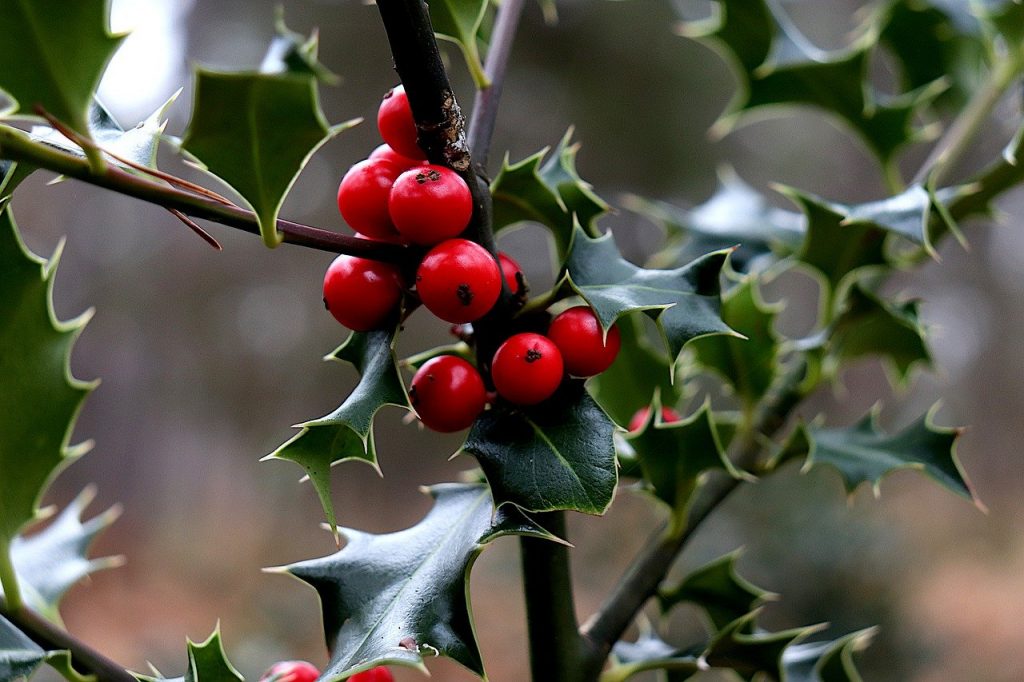
Always avoid planting trees during extreme weather conditions such as heatwaves, droughts, or freezing temperatures. These conditions can stress the tree and make it more challenging for the tree to establish itself. In fact, planting in these conditions can undo all your hard work as the tree is likely to struggle or even die.
Always consider your specific local climate and weather patterns when choosing the best time to plant a tree. If in doubt, consult with a local nursery or arborist who is familiar with your area's conditions. Checking a weather app can be useful too. Always allow plenty of time to plant your tree, don't race against bad weather or try to beat a heat wave.
Regardless of the planting time, ensure that the newly planted tree receives sufficient water during the establishment period, especially during dry spells. It's essential that you provide enough hydration for your tree so it can establish itself. Water any new tree three times per week for the first month at least. Until it starts to send out its own root system for water and nutrients.
In summary, choosing the right tree size is a vital part of your garden design research. By choosing the correct sized tree and growth habit you can pick something that's really suitable for your garden. By simply guessing you're likely to end up with a tree that either grows far bigger and faster than expected or a dwarf tree that looks lost in your garden space.
Remember the best time to plant a tree is during the dormant season (late fall or early spring) or in the fall. These periods provide the tree with the best conditions for root establishment and growth.
Make sure you visit my Youtube channel, for more gardening guides. You can also check out my Tweet, Facebook or Instagram for more garden help and tips.
Happy gardening!



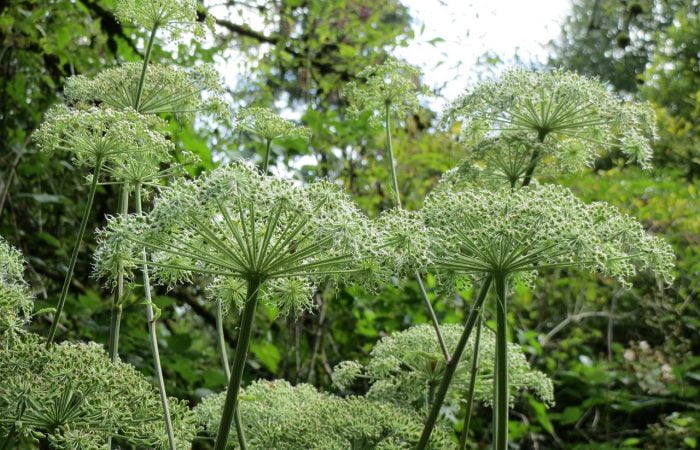
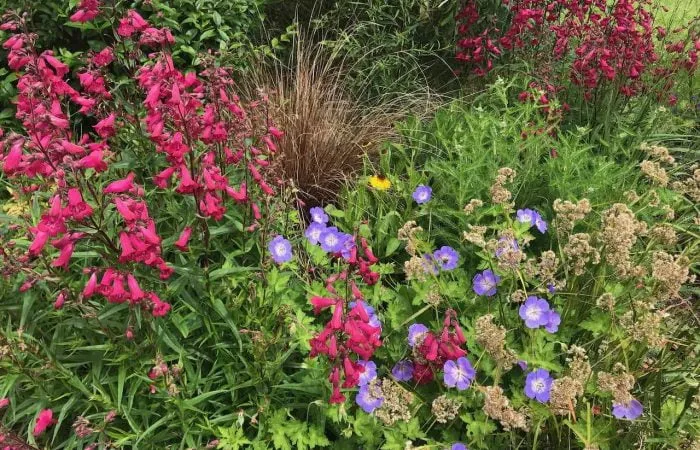
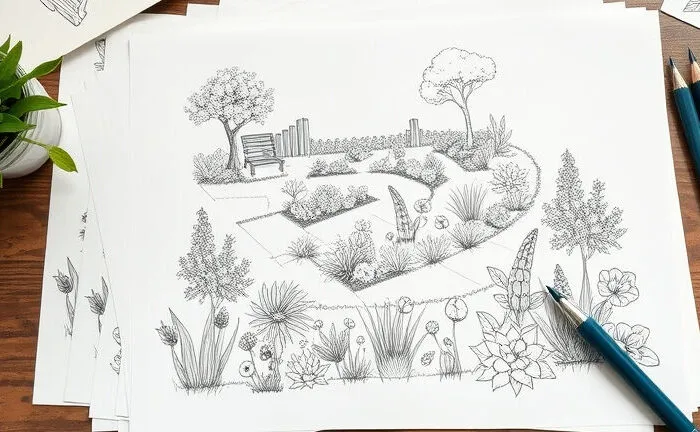
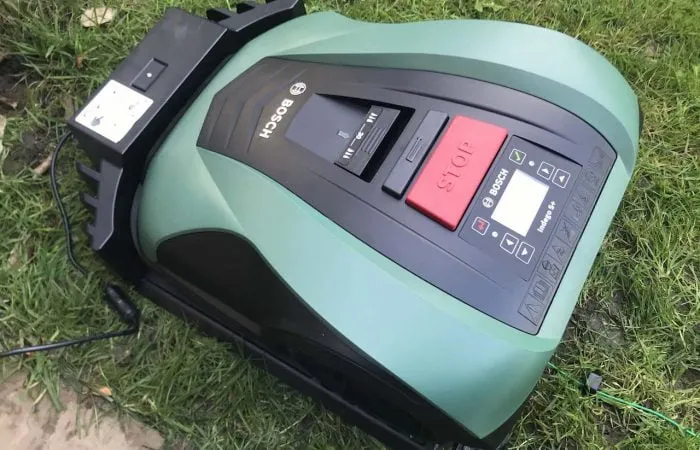
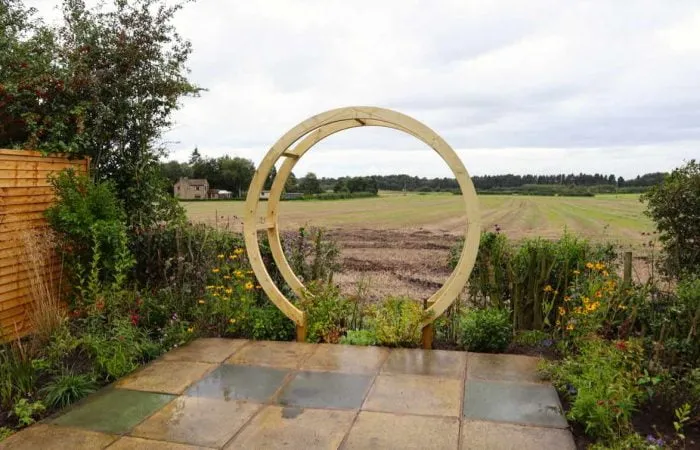
JOIN THE NINJAS

Be the first in line for new Guides, Discount codes and Offers